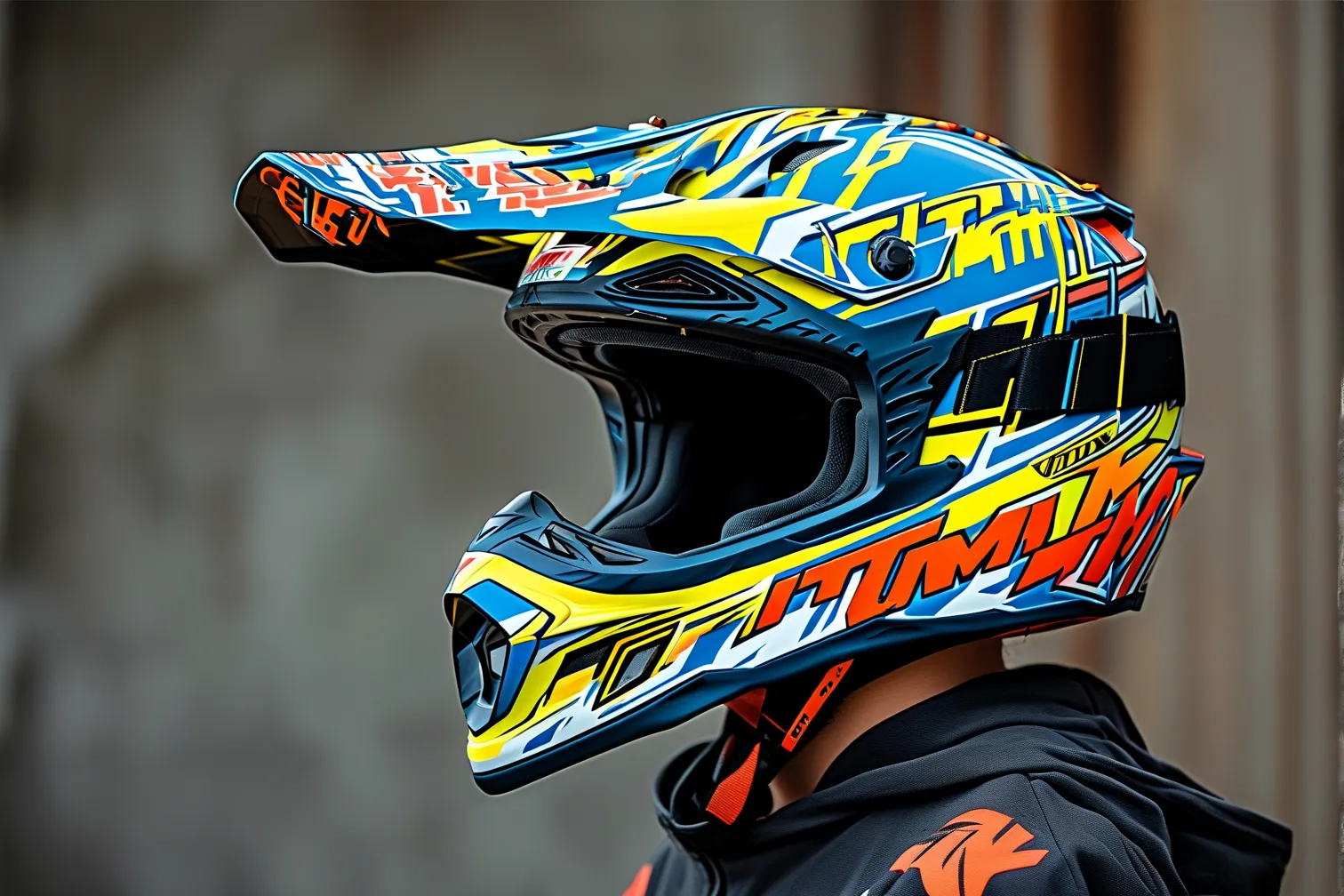When choosing a motocross helmet, riders face a critical decision that impacts safety, comfort, and performance. KTM’s motocross helmets have gained traction in the off-road racing community, but how do they stack up against leading competitors like Fox Racing, Bell, and Shoei? This comparison dives into key factors such as weight, safety certifications, ventilation systems, and design innovations to help riders make informed choices.
Weight & Material Engineering: Balancing Protection and Agility
KTM helmets prioritize lightweight construction without compromising durability. Models like the KTM Carbon Pro Helmet use aerospace-grade carbon fiber shells, weighing approximately 1,250 grams (2.75 lbs). This positions them competitively against Fox Racing’s V3 Carbon Helmet (1,300 grams) and Bell’s Moto-10 (1,400 grams). Independent lab tests from MIPS highlight that KTM’s carbon fiber design effectively reduces rotational force impacts by up to 30%, a critical advantage in high-speed crashes.
Competitors like Shoei rely on multi-composite fiber shells for similar weight savings but lack KTM’s focus on modular ventilation adjustability. Riders on technical trails often favor KTM’s streamlined profile for reducing neck fatigue during long rides.
Safety Certifications: Beyond Basic Standards
All helmets compared meet ECE 22.06 standards, but KTM goes further by incorporating dual-density EPS liners tested under FIM homologation guidelines—a benchmark for professional racing. Fox Racing’s V3 matches this with MIPS integration, while Bell’s Moto-10 adds a proprietary “Float Fit” retention system for enhanced stability.
Data from the Fédération Internationale de Motocyclisme (FIM) shows helmets meeting FIM standards reduce concussion risks by 15% compared to standard-certified models. KTM’s partnership with trauma surgeons to refine impact zones around the temples and chin bar gives it an edge in real-world crash scenarios.
Ventilation & Climate Control: Tackling Extreme Conditions
Off-road racing demands robust airflow management. KTM helmets feature 15 intake/exhaust vents with magnetic closures—ideal for dusty environments. In contrast, Shoei’s VFX-EVO uses a passive ventilation system requiring manual adjustments mid-ride. During Dirt Rider Magazine’s 2023 heat stress tests, KTM models maintained internal temperatures 4°F cooler than Fox Racing’s V3 in 95°F desert conditions.
However, Bell’s Moto-10 excels in humid climates with its “Overbrow” vent design, directing airflow over the visor to reduce fogging—a weakness in KTM’s system during wet races.
Customization & User Experience
KTM integrates tool-free cheek pad removal and emergency release systems for first responders, a feature mirrored by Shoei but absent in Fox Racing’s lineup. Riders with larger head shapes report better comfort in Bell helmets due to their oval-centric designs, while KTM suits intermediate oval profiles common among European racers.
User reviews on RevZilla praise KTM’s anti-glare visor clarity but note that replacement parts are less accessible than Bell or Shoei components in North America.
Price-to-Performance Breakdown
- KTM Carbon Pro: $699 (FIM-certified, best for technical trails)
- Fox Racing V3 Carbon: $749 (MIPS-focused, ideal for all-around use)
- Bell Moto-10: $599 (budget-friendly FIM option)
- Shoe VFX-EVO: $849 (premium build quality, limited adjustability)
Industry analysts at Motorcycle Safety Foundation recommend KTM for riders prioritizing weight savings and crash-specific engineering, while Shoei remains a top pick for those valuing long-term durability.
Final Verdict
KTM motocross helmets excel in aggressive off-road environments where every gram and ventilation adjustment matters. However, Bell and Fox Racing offer compelling alternatives for budget-conscious riders or those needing specialized fit profiles. Always prioritize helmets with updated safety certifications and trial-fit multiple models to assess comfort during dynamic movements. Your helmet isn’t just gear—it’s your most critical layer of defense against unpredictable terrain.




Leave a Reply